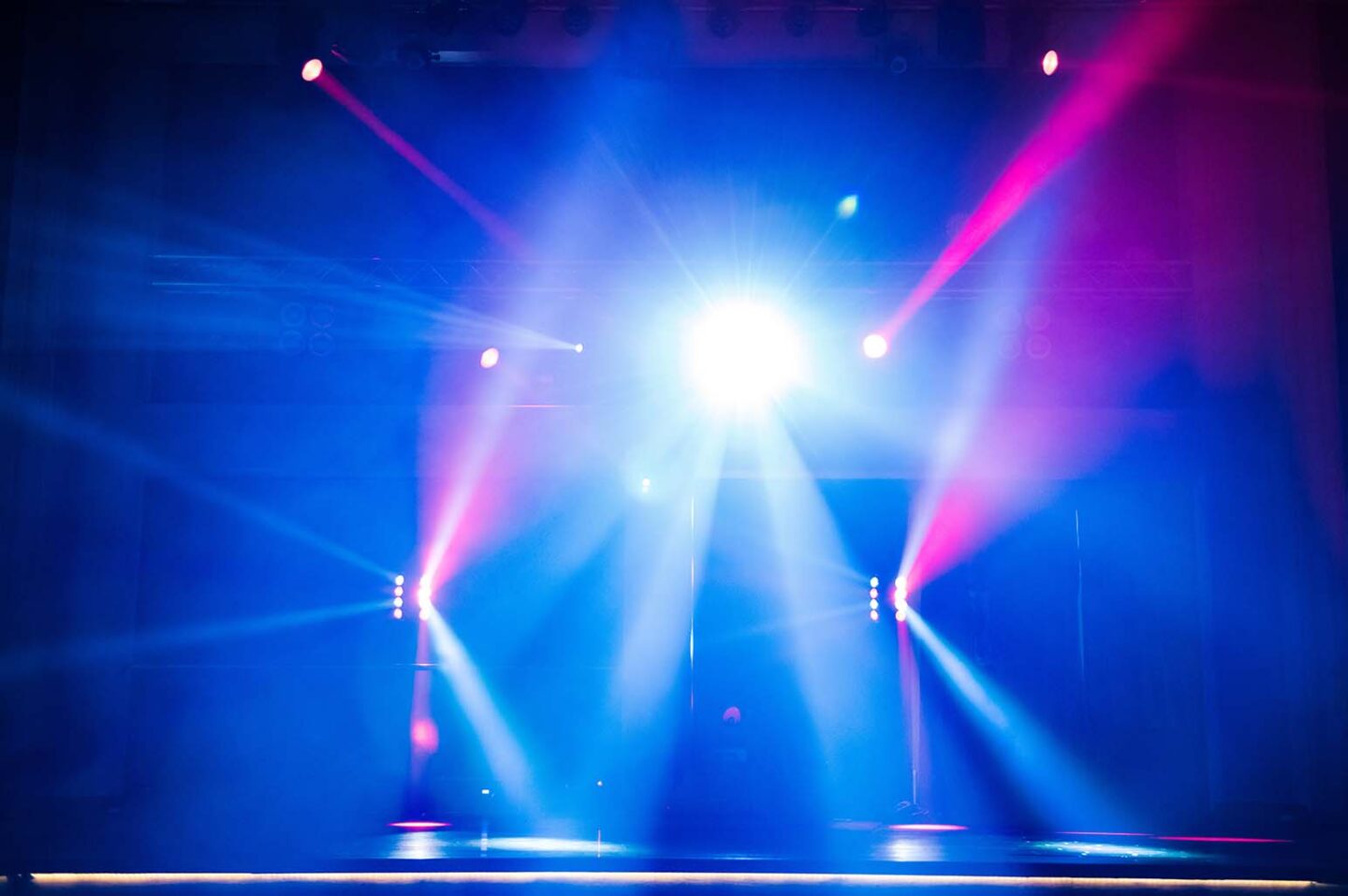Adequately lighting a stage isn’t always easy. There are many factors to consider, including the size and shape of the location, the type of performance, the acoustics of the room, and the audience’s vantage point. But with a bit of planning and creativity, you can create a lighting design that will enhance any production.
The stage lighting has five main elements: light, color, contrast, movement, and focus. Each element can be used to create a certain mood or atmosphere in your performance space. When planning the lighting for your stage production, it is essential to consider all five elements to make the most effective overall lighting design. Here are tips for lighting your place adequately using each of the five aspects of stage lighting.

Hire a Professional Company
If you are not experienced in stage lighting, hiring a professional company to design and install your stage lighting is best. An experienced company will have the experience and expertise to create a lighting design that is effective and safe. If you hire stage lighting pros, they have the expertise and knowledge to create a lighting design that will complement your stage production. Professional companies also have the latest equipment and technology, which means they can make a more sophisticated lighting design than you could on your own.
Use Appropriate Lighting Equipment
The essential element of stage lighting is light. Three types of light are used in stage productions: front light, backlight, and sidelight. The front light comes from the front of the stage and highlights the actors and objects on the stage. The backlight comes from behind the actors and is used to create a halo effect or to make them stand out against the background. Sidelight comes from the sides of the stage and is used to create shadows and depth.
When choosing which type of light to use, it is essential to consider what you want to achieve with your lighting design. For example, if you’re going to create a soft, romantic mood, you might want to use sidelight and backlight more than a front light. Conversely, if you’re going to create a more dramatic effect, you might want to use more front and minor backlights.
The Color also Matters
The next element of stage lighting is color. Color can create a certain mood or atmosphere in your stage production. For example, if you want to create a warm and inviting atmosphere, you might use yellow or orange light. Conversely, if you’re going to create a more energetic atmosphere, you might use blue or green light.
You can also use color to highlight specific objects or areas on the stage. For example, if you want to draw attention to a particular prop, you might use colored light to highlight it. You can also use color to make an object appear larger or smaller than it is. When choosing colors for your stage lighting, it is crucial to consider the overall mood or atmosphere you want to create. You should also consider the colors of the objects on the stage and the colors of the actors’ clothes.
Consider the Size and Shape of the Stage
The size and shape of your stage will also impact your stage lighting design. For example, if you have a small, intimate setting, you will want to use softer, more diffused light to create an inviting atmosphere. If you have a large stage, you might want to use more powerful lights to create a more dramatic effect. Likewise, the shape of your stage will dictate how you use light and shadows. For example, if you have a rectangular stage, then you might want to use sidelight to create diagonal shadows across the stage. Or, if you have a round background, you might want to use a backlight to create a halo effect around the actors.
Consider the Acoustics of the Room
Another essential element of stage lighting is sound. The room’s acoustics will dictate how loud your music can be and how well your actors can be heard. If you have a small, intimate stage, you might want to use softer, more mellow music to create a relaxed atmosphere. However, if you have a large stage, you might want to use more powerful, energetic music to get the audience excited. It is also essential to consider the room’s acoustics when choosing your lighting equipment.

Stage lighting is a critical element of any stage production. It can be used to create a certain mood or atmosphere, highlight specific objects or areas, and make an object appear larger or smaller than it is. When choosing your stage lighting, it is crucial to consider the overall mood or atmosphere you want to create, the colors of the objects on the stage, the size and shape of your stage, and the room’s acoustics. With careful planning and consideration, you can create a truly magical experience for your audience with stage lighting.
